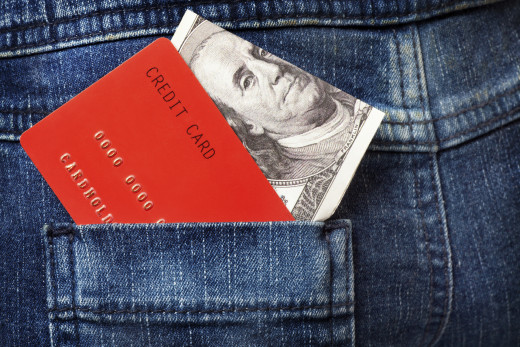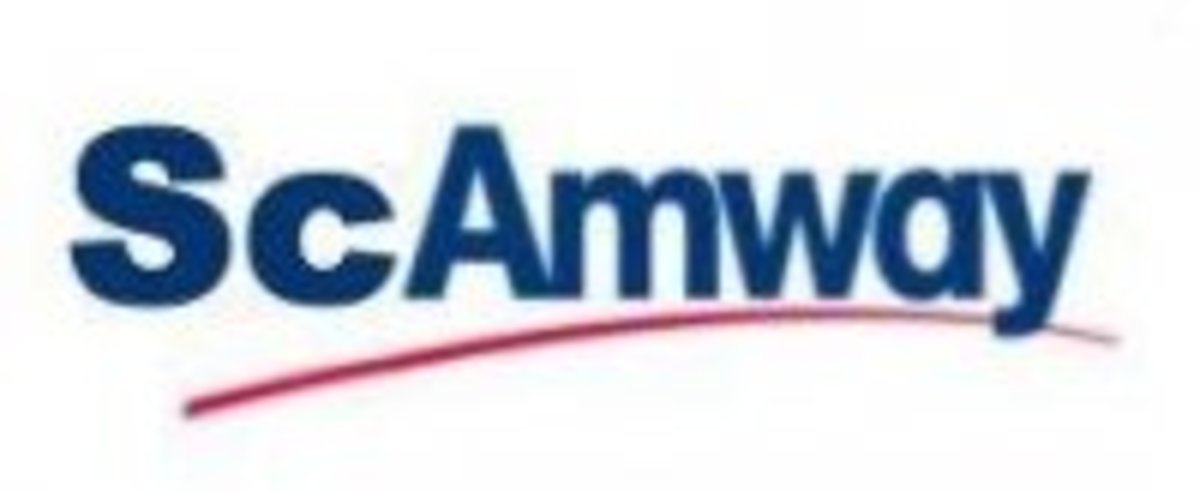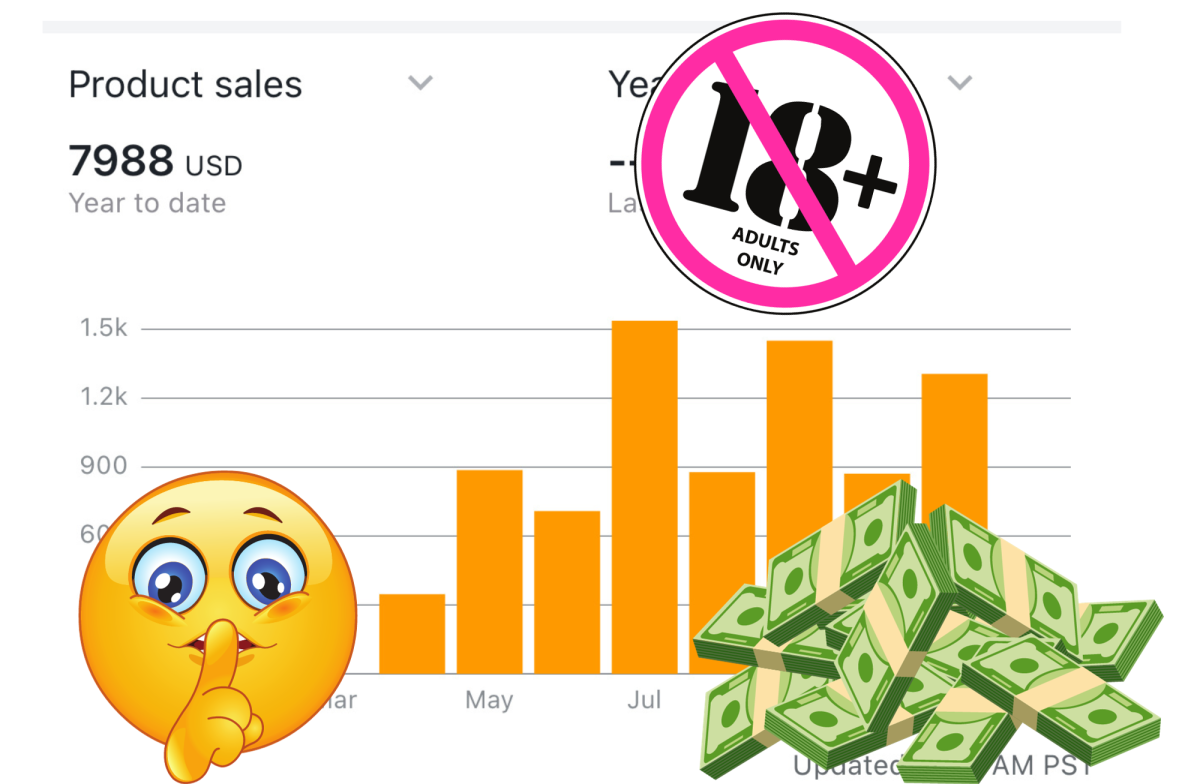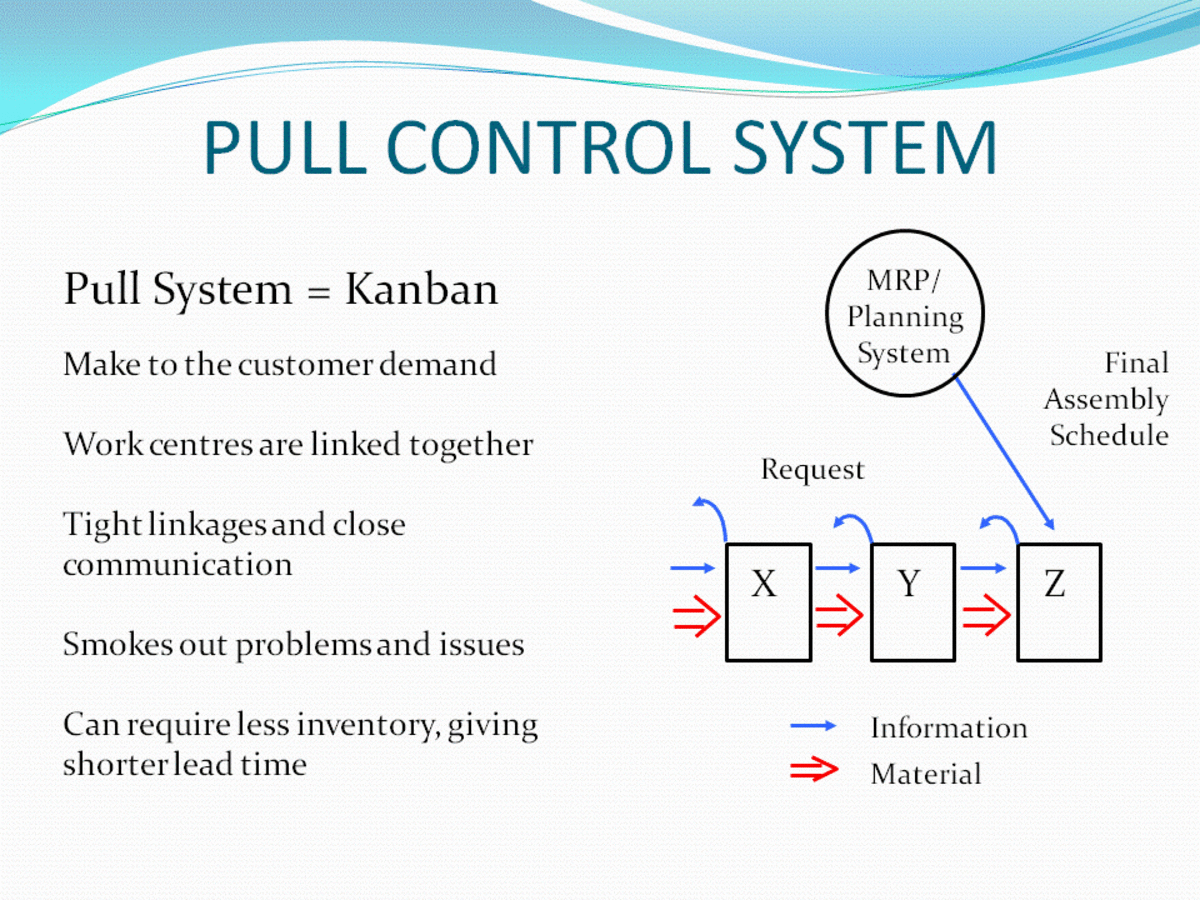Brand Loyalty versus Program Loyalty: Marketing Challenges of Reward Programs

What keeps you buying from the businesses you do? These days, many people may answer that it's the reward programs that keep them coming back. If that's the case, the programs have been a great way for the businesses to build brand loyalty.
But let's say that a reward program suddenly disappears or changes dramatically in some way. *Poof!* All the points, all the prizes, all the perks... gone. Would you still buy from the business?
Unfortunately for many businesses, customers' loyalty often hinges on the presence of a reward program. Once the rewards are gone, the customers are, too.
So are customers truly loyal to the brand or the rewards? And have sellers conditioned customers to expect rewards? These are some of the biggest challenges to using a rewards-based marketing and customer service program.
What PRIMARY REASON keeps you buying from the businesses you do?
Reward Program Goals
There are four primary reasons why any company would offer a reward program and many programs can achieve all of these at the same time:
- To thank customers for their patronage.
- To keep customers buying from them instead of competitors.
- To get customers to buy more.
- To get customers to buy more often.
Trading Stamps Pioneer Today's Reward Programs
Those of the Baby Boomer and earlier generations who grew up in the United States are likely to remember one of the most popular reward programs ever devised: S&H (Sperry & Hutchinson) Green Stamps trading stamps. The program was a true retailing innovation when it first began in 1896 and reached a peak of popularity around the middle of the 20th century. S&H did have several competitors with similar programs. (I remember collecting A&P's "Plaid Stamps.") But in 1964, S&H alone was reported to have 40 percent of the trading stamp business with 60 percent of consumers saving the stamps (FindLaw.com).
Like many of the points-for-purchase programs of today, participating retailers provided customers with a certain number of trading stamps commensurate with the level of purchasing. Customers then pasted the stamps into small booklets which could be redeemed at redemption "stores" for gifts when filled. As noted in an S&H promotional video (included in featured videos in this post), at one point there were over 800 S&H redemption centers nationwide.
Lampooning the frenzy of the trading stamp heyday is the parody by humorist Allan Sherman, included in the videos below. (I personally love the bit about the extract of vanilla!)
Which brings up the question:
Were customers brand loyal to the trading stamps or the retailer?
Trading stamp programs began heading into decline in the 1970s due to economic difficulties which resulted in lower interest from both retailers and consumers. (Interestingly, as of the initial posting of this article decades later, a grocery chain in the Chicago area was STILL running a physical trading stamp program.)
When Reward Programs Might Not Work
In an interesting 1985 Sun Sentinel article about retailers in south Florida, an S&H representative was quoted as saying that the use of trading stamp programs follows economic cycles, with higher use in good economic times.
This almost seems counterintuitive! Wouldn't customers be interested in gaining rewards if economic conditions are tough? Apparently not. As the article notes, in difficult economic times, customers are usually more interested in lower prices than rewards.
Today, "race to the bottom" pricing strategies have almost become a type of expected reward program, with customers making an exodus or finagling reduced or undeserved promotional pricing from retailers whenever they believe prices are too high.
The Reward Program in Your Wallet
As noted earlier, one of the primary goals for any company investing in reward programs is to keep customers buying from the company. While that still holds today, the company offering and benefiting from a program like this may not be a retailer at all. Banks and credit card issuers are now dominant on the reward program scene.
Today, customers are likely to gain points and perks by using a certain brand of credit card, rather than or in addition to buying from a certain brand of retailer. So retailers may be out of the reward benefit loop unless they offer their own rewards, too. This creates a double whammy for retailers since they must pay fees to accept and process credit cards AND have the marketing and administrative costs associated with their own reward programs.
Some larger retailers have resorted to hooking up with a credit card issuing bank to offer a branded standard credit card (Visa®, MasterCard®, etc.) that customers can use anywhere, not just at their stores. These programs may offer these retailers a bit of commission or fee income.
Gaming the Reward System
As the Green Stamp parody noted earlier illustrates, some customers have turned reward getting into a sport! While that might sound like a boon for the retailer who can get a customer to buy more and more often, the end game is truly the reward offered, not undying loyalty to the retailer offering it.
Customers may even play other games with the rewards. When customers were buying, selling and swapping their S&H Green Stamps, S&H instituted some restrictive use policies that invoked legal action by the Federal Trade Commission (FTC) who won. How times have changed since then! There are now even reward point exchange websites.
One can easily understand both sides of the reward game equation. Customers feel they have "earned" their rewards and don't want them taken away. They also don't want to be told what they can (or cannot) do with them. Retailers invest, sometimes heavily, into creating and managing these programs with the intent of building a loyal customer base, not to create an asset for customers to "own." But today, retailers must deal with this reward program reality.
This ups the reward program game one more notch, with customers becoming loyal to the rewards themselves and not the actual reward program or retailer.
The Bottom Line on Reward Programs
Carefully evaluate the costs and benefits of offering reward programs for marketing and explore whether brand loyalty could be achieved by other means such as improved service or user experience.
This article is accurate and true to the best of the author’s knowledge. Content is for informational or entertainment purposes only and does not substitute for personal counsel or professional advice in business, financial, legal, or technical matters.
© 2014 Heidi Thorne





